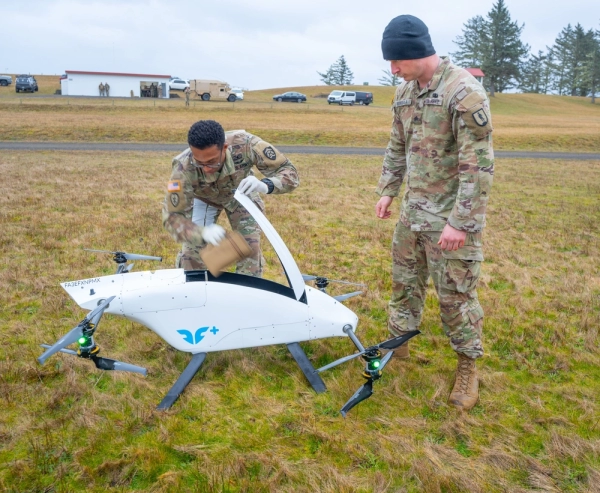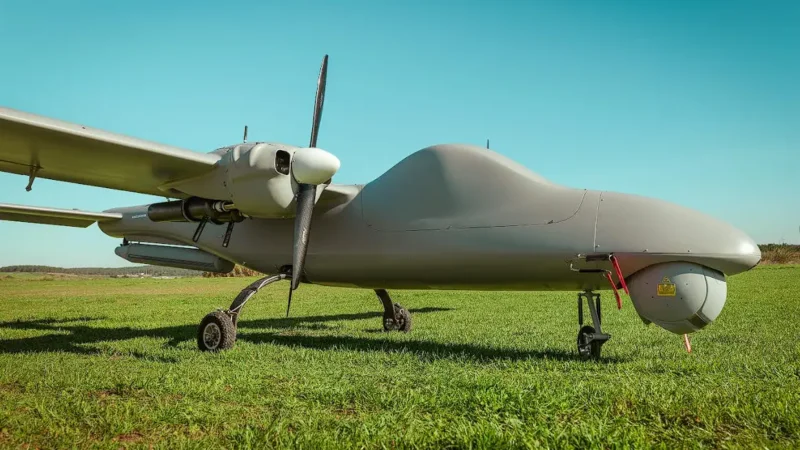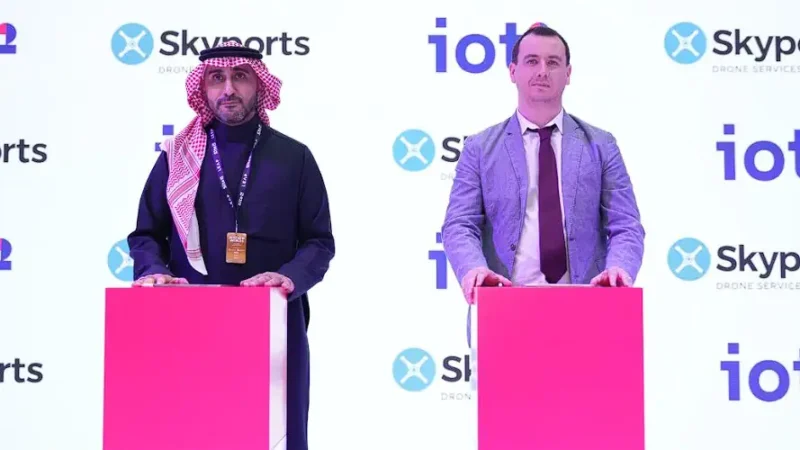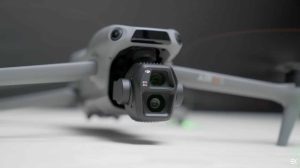Oregon Guard Combat Medics Test Drone Delivery in Recertification
In Warrenton, Oregon, combat medics from the Oregon National Guard are enhancing their battlefield medical proficiency through innovative training that incorporates drone-delivered medical supplies at Camp Rilea. This marks a significant evolution in their training approach aimed at ensuring readiness for large-scale combat operations.
The 249th Regional Training Institute (RTI) medical detachment held its annual 68W Combat Medic sustainment course from January 23 to 31, introducing unmanned aerial systems for the first time during the culminating field training exercise.
“Our training reflects a shift in combat strategy,” stated Sgt. 1st Class John Lee, NCOIC at the 249th RTI medical detachment. “In many situations, we may not have the luxury of medevac support within an hour; therefore, we need to adapt and possibly rely on ground transport to reach an ambulance exchange point before higher levels of care can be accessed.”
The two-week course includes classroom education, practical medical trauma exercises, and assessments, culminating in a field training exercise that integrates all acquired skills. This year’s training particularly highlighted the utility of specialized drones for delivering essential medical supplies.
To maintain life-saving competencies, combat medics undergo recertification every two years, which makes realistic training indispensable. Participants start with basic medical principles and progressively tackle more complex scenarios.
“We initiate training at the foundational level and gradually elevate their skills,” Lee elaborated. “Given the time elapsed since their last hands-on training, it’s imperative to refresh their knowledge.”
Instructors devise high-pressure scenarios that simulate battlefield conditions, compelling medics to make critical decisions swiftly and effectively. The training underscores the necessity for adaptability and resourcefulness in challenging environments where conventional medical evacuation methods may not be viable.
“We train in the manner we would fight,” Lee emphasized. “This prepares medics to manage the consequences of their decisions in real-time. Any mistakes could potentially exacerbate a casualty’s condition, and it is their responsibility to rectify it.”
The evolving training curriculum is reflective of the military’s broader focus on readiness for near-peer conflicts, where immediate medical evacuations may be hindered. The integration of drone technology serves as a pioneering strategy to confront the challenges posed in battlefield medicine.
The program also prioritizes team cohesion, as effective patient care in high-stakes environments requires seamless coordination. When discussing the vital attributes in combat medicine, Lee acknowledged the significance of problem-solving skills and teamwork.
“These individuals are not ones to back down from a challenge,” he remarked. “They rise to the occasion and ensure that the job gets done, regardless of the circumstances.”
As military medical practices continue to advance, the role of unmanned systems is likely to become increasingly essential for preserving lives in combat scenarios.
Related Links:















